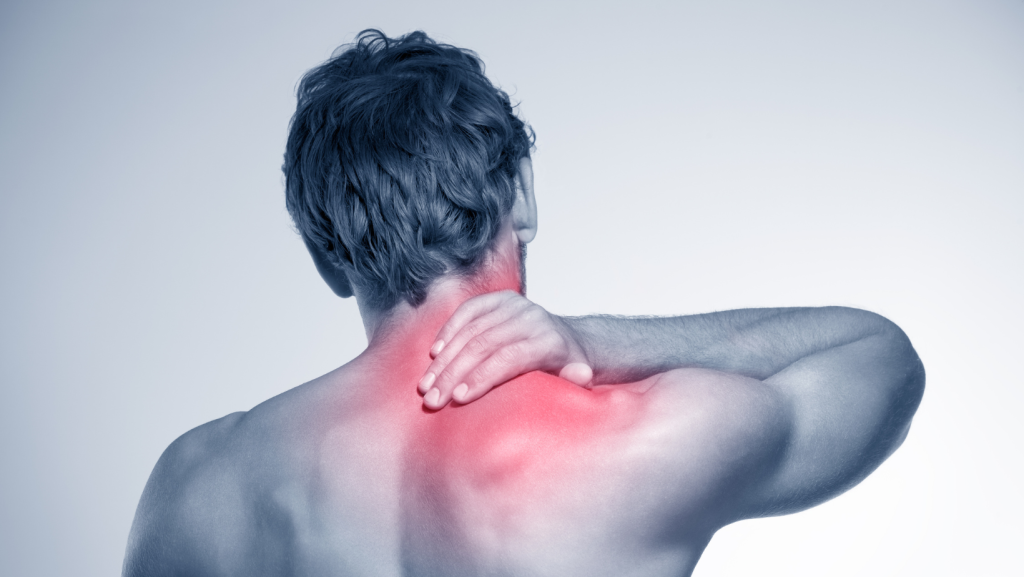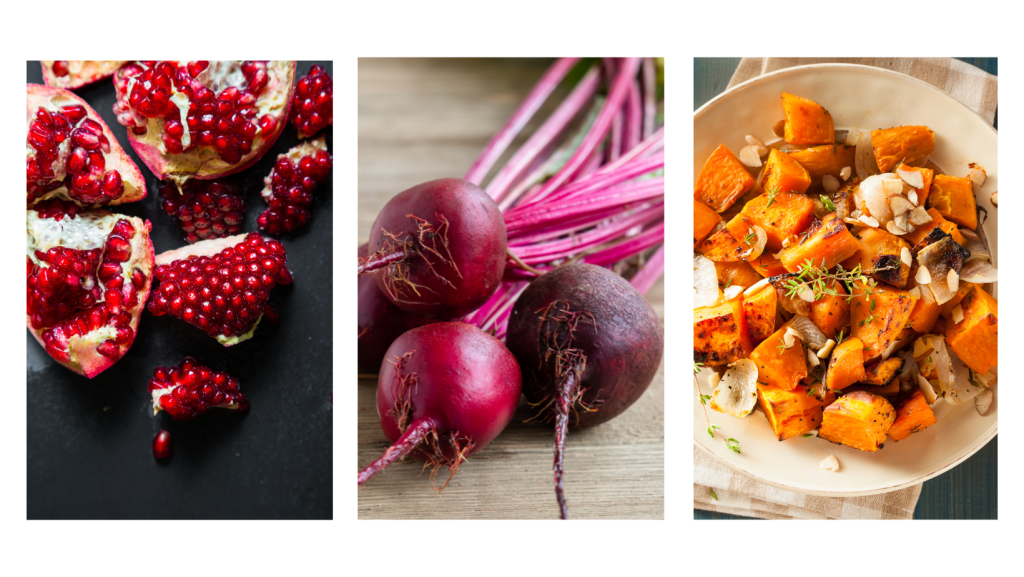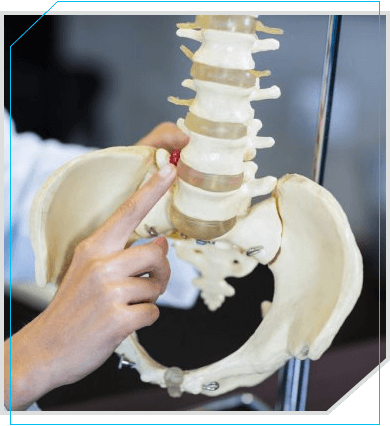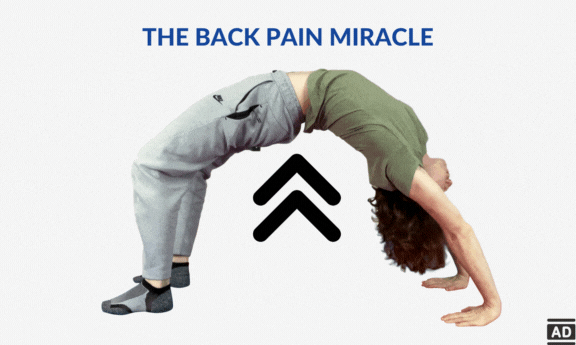
Could the foods you eat be the source of your back pain? Maybe. Inflammation, a recognized cause of back pain, has been found to be decreased (or increased) by a wide variety of foods. Therefore, if you suffer from back discomfort, making adjustments to your diet can help you avoid it.
According to New England Baptist Hospital [1], inflammation will run rampant in your body if it isn’t controlled, creating all kinds of issues, including low-back discomfort. The key to controlling back pain is to develop an anti-inflammatory diet that includes foods that support proper nutrition.
To combat back pain, add more vegetables to your diet
According to Harvard Health Publishing [2], your best hope to prevent inflammation is probably to consume largely plant-based foods, especially when combined with coldwater fish high in omega-3s, such as salmon, mackerel, sardines, herring, black cod, tuna, and trout.
An anti-inflammatory diet should include a lot of deeply colored fruits and vegetables. Try carrots, beets, sweet potatoes, cherries, berries, grapes and red wine, pomegranate [3], and watermelon if you’re seeking for foods that relieve back pain and are rich in nutrients. Use a lot of seasoning when using herbs and spices like basil, cinnamon, ginger, rosemary, garlic, curcumin, onions, oregano, and turmeric, which tend to be particularly high in anti-inflammatory compounds. Additionally, sip on genuine teas and healthful herb teas (green, oolong, and white).
Research [4] has indicated that consumption of olive oil, green tea, and colorful fruits and vegetables can all assist to reduce inflammation in the spinal column’s cartilage, which helps to relieve back pain and stiffness. The more green your veggies are, the better. Top choices for an anti-inflammatory diet that reduces back pain include kale, spinach, and broccoli.
Avocados, nuts (walnuts, almonds, pecans, and Brazil nuts), lean meats like chicken and turkey, legumes, and chocolate are other healthy food options for a pain-relieving diet.

To Reduce Pain, Avoid These Foods
What about Calcium?
Making sure you’re receiving enough of the appropriate minerals, including calcium and vitamin D, is another approach to prevent back discomfort. Calcium is kept in bones as a reserve by the body. Maintaining bone mass becomes more difficult as you age, which can result in diseases like osteopenia or osteoporosis. The vertebrae in your spine may become weakened by certain illnesses. Calcium helps to build bone mass, preventing such problems.
The Institute of Medicine (IOM) updated its recommendations for daily calcium supplementation in a paper published in 2010. The phrase “recommended daily allowance” is frequently used to describe these concepts. IOM report [5] suggests one shouldn’t ingest more than 2,000 mg of calcium per day (either through meals or supplements).
More is no longer better. According to studies, taking a lot of calcium supplements raises your risk of heart disease and atherosclerosis, which is the buildup of plaque in your arteries. Bone fractures might also result from consuming too much calcium.
Calcium should originate from natural sources. Yogurt, milk, and cheese are natural sources of calcium, as are leafy green vegetables. Talk to your doctor about if supplements are good for you if your diet isn’t providing you with enough calcium. Kenneth Hansraj, MD, chief of spine surgery at New York Spine Surgery and Rehabilitation Medicine in Poughkeepsie, New York recommends older adults need around 1,000 mg of calcium per day and teenagers need about 1,300 mg, but do not supplement more than 500 mg per day. It is advised to consume additional calcium through your diet instead.
In addition to foods, what are other techniques that can immediately reduce back pain?
In the recent year, the Back Pain Breakthrough program developed by Dr. Steve Young has helped thousands of back pain patients with his Target Spinal Release procedure.
Dr. Steve Young DPT, MPT, CSCS has 31 years experience and is one of the world’s leading Back pain specialists and injury prevention experts
He’s helped more than 31,591 people to completely eliminate their joint pain. His clients include every-day people, working with world’s top athletes from NFL footballers, to NBA players, MMA fighters and Hollywood actors who are performing physical roles and even nursing home residents.
Dr. Steve developed a formula called Targeted Spinal Release. And it is the quickest, simplest method for IMMEDIATELY ending lower back discomfort. The Targeted Spinal Release procedure takes about five minutes created using science to relax and straighten tense iliacus muscles which connect your spine to your legs. Consequently, the vertebrae are moved away from your spinal nerve, giving you IMMEDIATE pain relief!
Without surgery, needles, or injections! Dr. Steve says that there was no equipment needed for the action, possibly accessible from the comfort of my own home.
Supporting Sources
[1] New England Baptist Hospital (2019). Could Your Back Pain Be Caused By Inflammation?. https://www.nebh.org/blog/could-your-back-pain-be-caused-by-inflammation/
[2] Havard Health Publishing (2020). Quick start-guide to anti-inflammatory diet. https://www.health.harvard.edu/staying-healthy/quick-start-guide-to-an-antiinflammation-diet
[3] Aida Zarfeshany, Sedigheh Asgary, Shaghayegh Haghjoo Javanmard. Potent health effects of pomegranate. Physiology Research Center. https://www.ncbi.nlm.nih.gov/pmc/articles /PMC4007340/pdf/ABR-3-100.pdf
[4] Lucas, L., Russell, A., & Keast, R. (2011). Molecular mechanisms of inflammation. Anti-inflammatory benefits of virgin olive oil and the phenolic compound oleocanthal. Current pharmaceutical design, 17(8), 754–768. https://doi.org/10.2174/138161211795428911
[5] Institute of Medicine (2010). Dietary Reference Intakes for Calcium and Vitamin D.
[6] What You Eat May Help Beat Back Pain. https://www.everydayhealth.com/news/can-good-diet-fight-back-pain/
This article does not provide medical advice. It is intended for informational purposes only. It is not a substitute for professional medical advice, diagnosis or treatment. Never ignore professional medical advice in seeking treatment because of something you have read on the healthysolutions.fit Site. If you think you may have a medical emergency, immediately call your doctor or dial 911.
Related Articles


